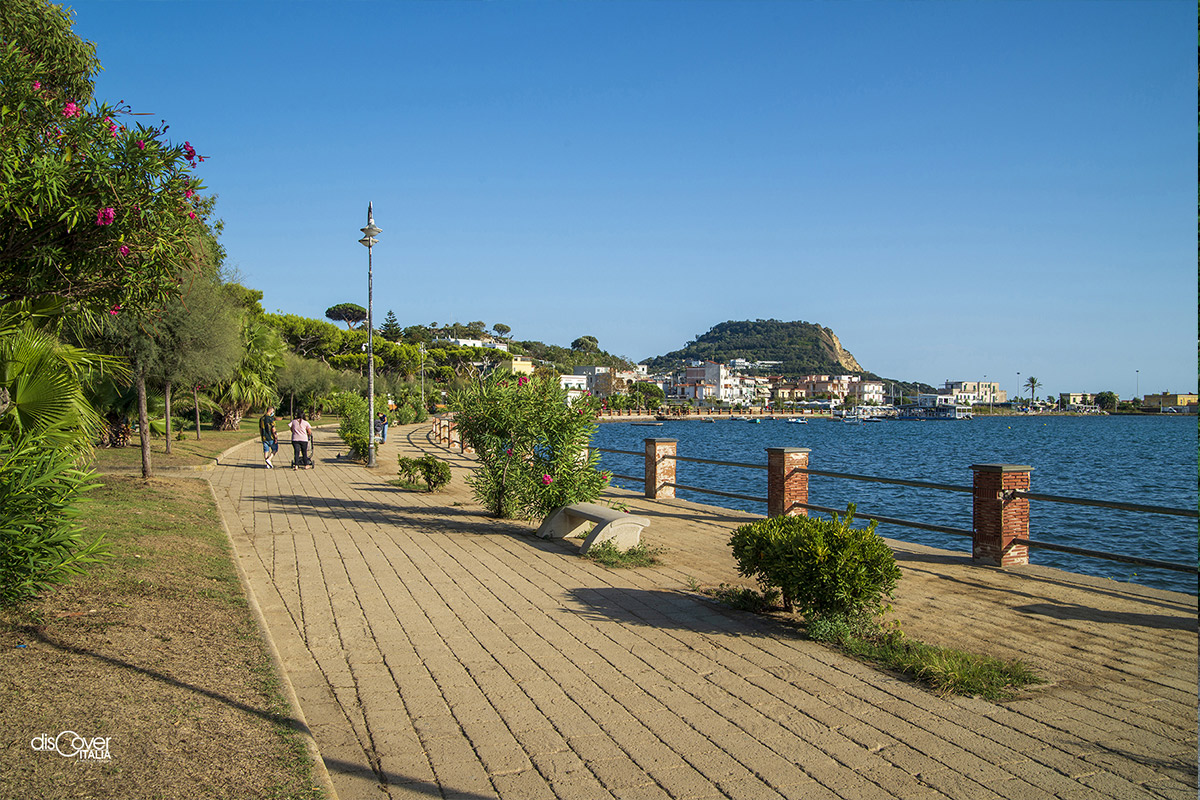At Capo Miseno, on the top of the promontory that marks the northern border of the Gulf of Pozzuoli, they grow naturally, always lavish with flowers in spring.
They are the asphodels, characteristic plants of the Underworld, according to Greek and Roman mythology. And in fact the Greeks planted them on tombs and necropolises. What makes their presence, completely spontaneous, in the most advanced point of the Phlegraean coast astonishing in that place, in fact, the myth linked to the sixth canto of the Aeneid places the burial by Aeneas of the trumpeter Misenus.
 It was precisely his ability to play that he had lost, while sailing with Aeneas and the other Trojan exiles towards Lazio. Misenus, son of Aeolus god of the winds, had dared to boast of playing better than anyone else. Irato, a Triton, son of the god Poseidon, playing the shell, had aroused a sudden sea trumpet, throwing Misenus into the waves, where he had drowned. The lifeless body was then deposited by the waves on the beach of Miliscola and there Aeneas had recovered it, giving it a proper burial, as suggested by the Cumaean Sibyl. With an oar, his weapons and the trumpet, he had placed him under a large stone mound, the promontory that has since taken his name: Capo Miseno.
It was precisely his ability to play that he had lost, while sailing with Aeneas and the other Trojan exiles towards Lazio. Misenus, son of Aeolus god of the winds, had dared to boast of playing better than anyone else. Irato, a Triton, son of the god Poseidon, playing the shell, had aroused a sudden sea trumpet, throwing Misenus into the waves, where he had drowned. The lifeless body was then deposited by the waves on the beach of Miliscola and there Aeneas had recovered it, giving it a proper burial, as suggested by the Cumaean Sibyl. With an oar, his weapons and the trumpet, he had placed him under a large stone mound, the promontory that has since taken his name: Capo Miseno.
Copyright video, foto e testi © 2020




Comments powered by CComment